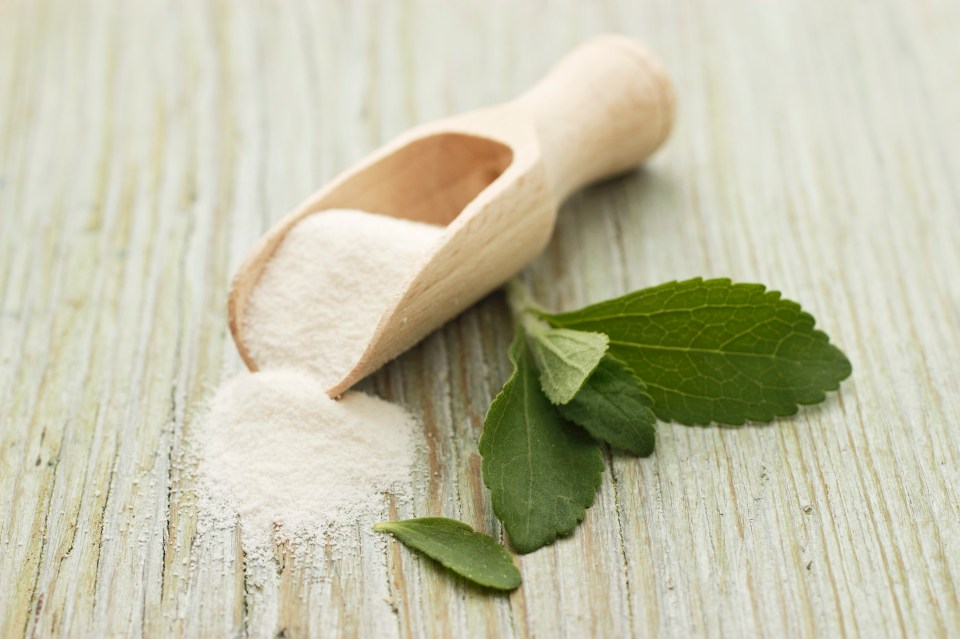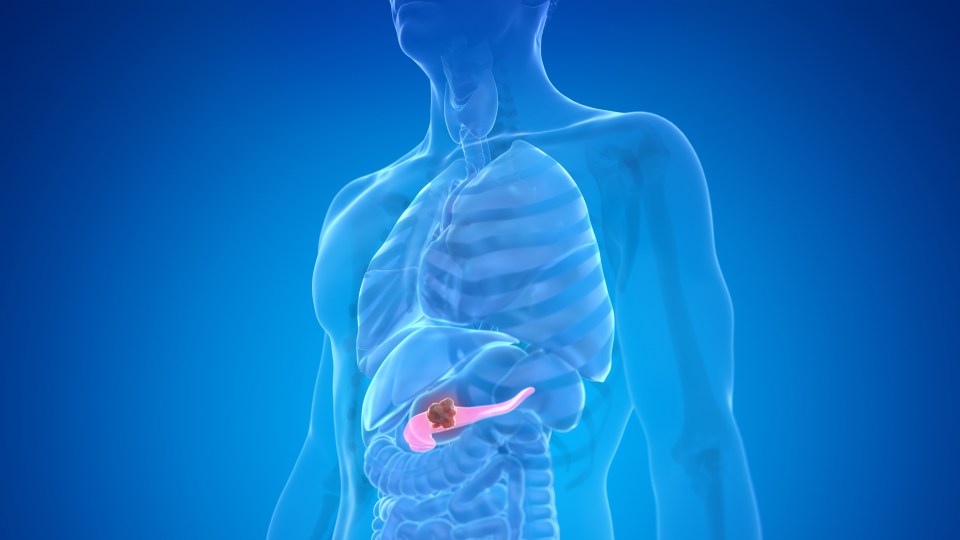‘Sweetener’ review: Marissa Higgins’ novel is a fun sapphic romp
Book Review
Sweetener
By Marissa Higgins
Catapult: 272 pages, $27
If you buy books linked on our site, The Times may earn a commission from Bookshop.org, whose fees support independent bookstores.
In 1984, at age 33, I fell in love with a woman for the first time. Her name was Cathy. Her previous girlfriend’s name was also Cathy. “Wasn’t that confusing, sharing a name with your girlfriend?” I asked. She shrugged. “Everything about being a lesbian is confusing at first,” she said. “You get used to it.”
In “Sweetener,” Marissa Higgins’ sexy, poignant second sapphic novel, the reader is served plenty of confusion, lesbian-related and otherwise. For starters, two of the book’s three protagonists, who are breaking up as we meet them, are both named Rebecca. With 18,993 girls’ names in active use in contemporary America, why would Higgins build this disconcerting element into “Sweetener’s” structure? It proves to be a decision well-made. As the reader turns the pages, learning to individuate the two Rebeccas (whose central struggle is learning to individuate from each other) gives us bonus information about, and empathy for, both of them.
“My wife and I have the same first name, though our friends never used mine; I’ve always been Rebecca’s wife,” Rebecca No. 1 says of Rebecca No. 2 — No. 2 being the more powerful one, since she’s the one initiating the breakup. “Our last names, too, are still the same, as I took hers at our court wedding,” No. 1 tells us. “With the same name, it’s easy to become one person instead of two.”
Applying for a part-time cashier job near her dismal D.C. apartment, Rebecca No. 1 mulls, “Inside the market, I remind myself I am a person. I have an age, a birthday, an address.” When the store manager asks about Rebecca’s hobbies, she thinks, “Making rent? Getting myself off? Finding a woman with more money than either of us to take me to the dentist?”
The engaging, original plot of “Sweetener” is complex, too. Unbeknownst to Rebecca No. 1, she and No. 2 (PhD student, less depressed, more conniving, heavy drinker) are both dating Charlotte. Obsessed with having a baby, Charlotte wears a fake pregnancy belly, a fact known only to Rebecca No. 2, because Charlotte keeps her shirt on while having sex with Rebecca No. 1. (Having Charlotte thinking, “Please don’t notice please don’t notice please don’t notice” to cover Rebecca No. 1’s failure to notice that her sexual partner is wearing a huge baby-shaped silicone belt seems a bit of an, um, stretch.) Both Rebeccas have great sex with Charlotte. Neither Rebecca wants to stop.
Rebecca No. 2 also wants a baby and doesn’t want to stop drinking, which means not bearing but instead fostering a child, which means enlisting Rebecca No. 1 in the effort, since the two are still legally married, and fostering as a single divorcee requires a minimum one-year legal separation. Neither Rebecca is certain whether pretending to be married will result in their actual reconciliation. Only Rebecca No. 1 is certain that she wants that.
“I know it’s not fair of me to ask anything of you,” Rebecca No. 2 admits in a phone call to her soon-to-be ex-wife, “but I’m serious about wanting to have a family.”

“Sweetener” is the second novel by Marissa Higgins.
(Catapult)
Desperate as she is for a reconciliation, Rebecca No. 1 mulls, “When she says she wants me to think about how important a family is to her, and what this could mean for her, I understand she is not using the word we… I tell her I miss her and she says she misses me, too. Then she says, ‘So you’ll come by when the social worker is here?’”
In 1984, when I dated Cathy No. 2, like the Rebeccas, most of the lesbians I knew were young, poverty-stricken and uncomfortably enmeshed with their lovers, and they considered “lesbian” to be their primary identity. Unlike the Rebeccas, we were also terrified by the consequences of being out during what were extremely dangerous times. During the 1980s and 1990s, Cathy and I were chased down city streets by men shouting slurs at us. We were refused rooms in hotels. Cathy would have been fired from her childcare job if she’d come out at work. My custody of my children was threatened. I was banished from my father’s home.
“My wife and I go to our first class on child development together,” Rebecca No. 1 tells us. “Next to my wife, I feel cool.” A few pages later, she observes: “The social worker tells me I’m lucky to have a partner who values non-threatening communication.” During their home visit with a second D.C. social worker, the Rebeccas lie about a lot of things — chiefly, their marital and financial instability. But they don’t lie about what Cathy and I would have had to hide if we’d tried to adopt a child in the 1980s. Living in a big, liberal city, the Rebeccas don’t feel the need (still required for safety in “red” locales) to call each other roommates or friends. They call each other wives, because in 2025 same-sex marriage and parenting are givens, not distant fantasies.
Ten years after it became “cool” (and legal, and publicly acknowledged) for a woman to have a wife; 40 years after I and many, many others paid a terrible price for coming out in our families, workplaces and neighborhoods, lesbians like Marissa Higgins are creating lesbian characters who live in a sweeter, changed-for-the-better world. The sugar that made life safer for us is the queer activism that begins with telling true tales of queer lives and persists today with renewed need and renewed vigor. “Sweetener,” the novel, is a fun romp through one version of lesbo-land circa 2025. Higgins’ “Sweetener” celebrates and accelerates the long, rough ride to lasting queer equality.
Maran, author of “The New Old Me” and other books, lives in a Silver Lake bungalow that’s even older than she is.



